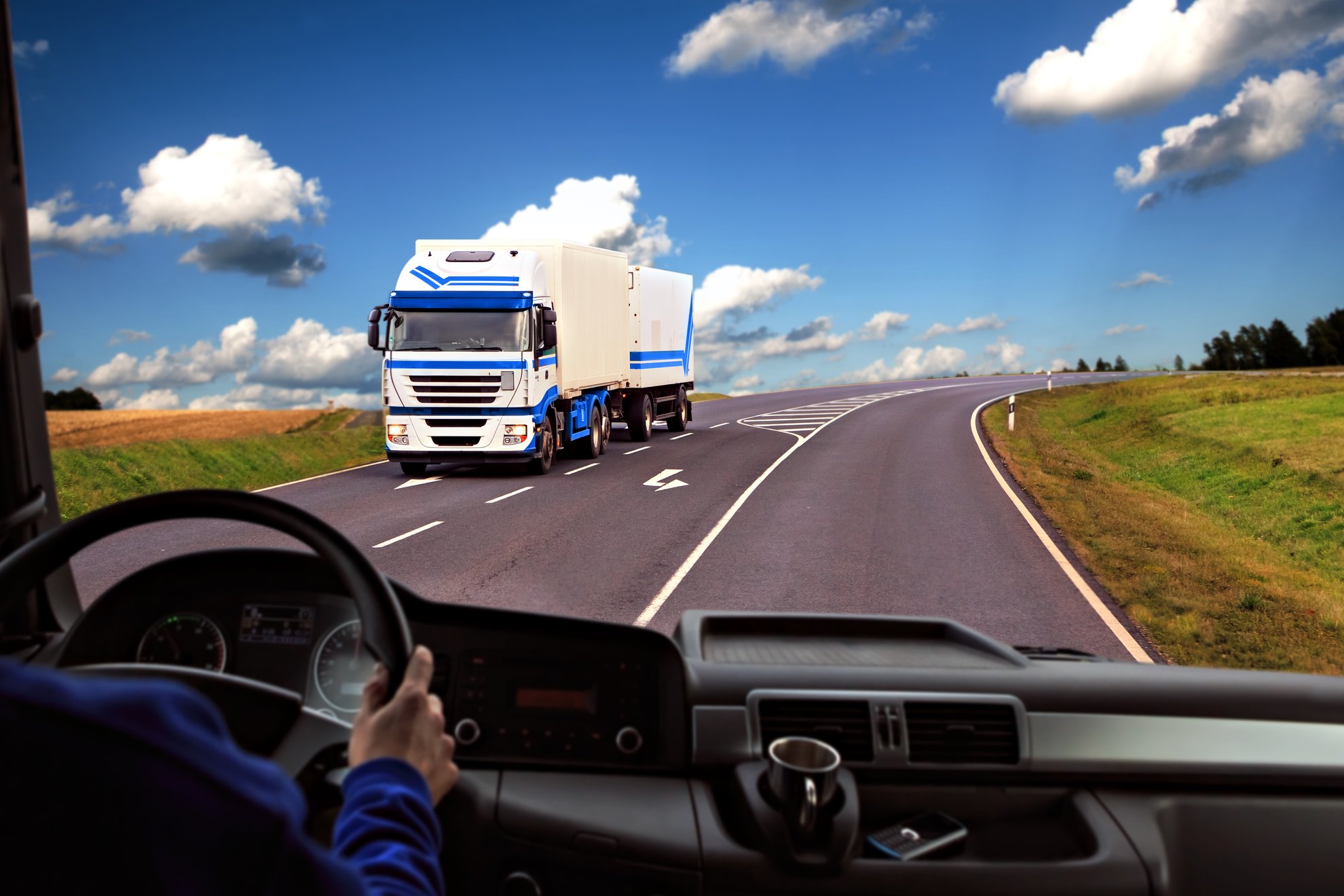How do you feel after driving hundreds of miles on a rural highway, or navigating for hours through congested city traffic? In either scenario, the ability of humans to stay constantly attentive for long periods is problematic. This is where technology that provides augmented attention for safer driving should be considered.
Today, humans are better than machines at providing the ability to make decisions quickly and maneuver even in complex situations. Machines are less capable of handling difficult situations but are better at keeping constant attention also in boring conditions.
The best of both worlds is a system where the human driver takes care of difficult situations, and the machine handles the repetitive and boring ones. But the machine needs to verify that the driver is available, attentive, and informed when it needs to transfer control - and this transfer needs to happen quickly and seamlessly.
Human Driving Habits
Human beings have exceptional abilities when it comes to quickly evaluating risks surrounding them and deciding which actions to take, even in complex scenarios.
Machines have extraordinary skills in executing tasks they have been designed for and in performing them reliably over any amount of time. However, when faced with unexpected situations, they may fail - sometimes big time.
Driving a vehicle, especially in extended urban areas like major cities, typically requires medium levels of attention by drivers and for extended periods of time (in some cases hours, when crossing a large city during rush hour).
Over time, experienced drivers develop reflexive abilities to cope with traffic that lower the overall stress by making repetitive commuting in cities more bearable. Yet, driving conditions can change in a split-second and very unexpectedly, which is usually not a problem if the driver is fully aware of the evolving context. In many cases, experience with similar driving situations in the past allows the driver to anticipate and “predict” the need for challenging maneuvers, removing dangerous “surprise” moments.
When drivers become bored, inattentive, distracted or drowsy, the ability of their minds to stay constantly up-to-date with changes in the driving context, and to intervene quickly, deteriorates or may lack completely, leading to harmful, yet entirely preventable crashes.
How Technology Can Augment the Attention of Drivers
Technology is available today to augment human drivers’ attentiveness, detecting mismatches between the driver’s focus on the driving task and the perceived needs. This technology acts like a well-trained driving instructor, aware of what is happening on the road. It constantly evaluates how well the driver is paying attention to the fast-changing scene, and it speaks up only when required, to compensate for the driver’s attention lapses.
The same technology enables personalized analysis of Individual driving performance, triggering opportunities for “micro-coaching” to help drivers improve their skills and their ability to manage the attention level. As with any skill that requires a long time to master (like learning a new language, excelling at a sport, or changing eating habits) frequent, competent and reliable feedback about the results achieved is essential to stay “on track”, and avoid mistakes that can lead to bad habits, difficult to remove when ingrained.
The need for attentive drivers will not go away as cars and trucks support increasingly powerful and useful driving assist technologies. The Insurance Institute for Highway Safety (IIHS) has recently issued research-based safety guidelines to vehicle manufacturers about the need to include “Robust methods of monitoring driver engagement and more effective ways of regaining the driver’s attention when it wanders.”
“Unfortunately, the more sophisticated and reliable automation becomes, the more difficult it is for drivers to stay focused on what the vehicle is doing.”
- David Harkey, IIHS President
When relieved from the need to paying attention to frequent stimuli, human drivers are prone to becoming more complacent and to “delegating” more and more control to the vehicle, forgetting that in critical situations, they will be responsible for dealing with emergencies. The mind starts to wander, more open to distractions like apps or messages on smartphones, verbal interactions with other passengers, and the ability to keep up with changes in the scene ahead disappears.
To prevent that, IIHS recommends that “systems should be designed to keep drivers actively engaged”, unlike what is implemented today even in the more advanced partially self-driving vehicles.
Conclusion
We believe that augmented attention for safer driving is the best way to ensure safety on our roads. The goal is to make collaborative driving a compelling option for drivers of all ages and skills both in personal and in commercial vehicles, where intelligence in the vehicle works hand in hand with the human brain.
As vehicles on the road evolve from Level 0 (traditional vehicles without any driving assist) to Level 4 (High Driving Automation), a two-way interaction between the vehicle and the driver will ensure that the combined capabilities exceed what is needed for safe driving, at all times.
The same way the driver needs to learn capabilities and limits of the self-driving vehicle, the vehicle needs to know capabilities and limits of the driver in taking over, so that either one can decide who should be in control, and how to handle emergency situations most effectively and safely.
Let’s bring attention back in the driver’s seat!
Interested in learning how Walter can assist with distracted or inattentive drivers with real-time interactive attention alerts? Click on the link below to download our brochure.



